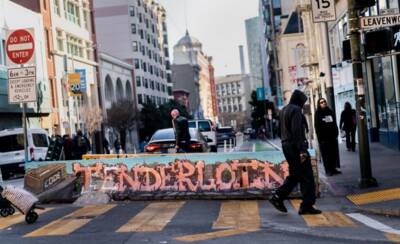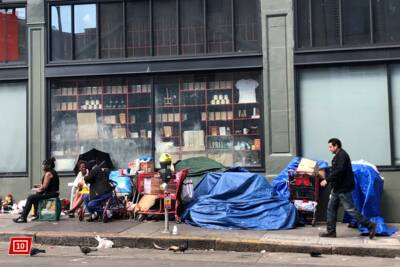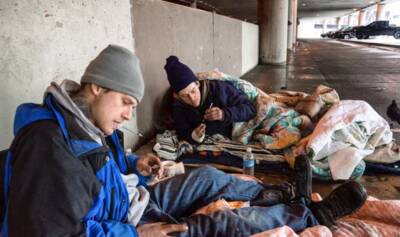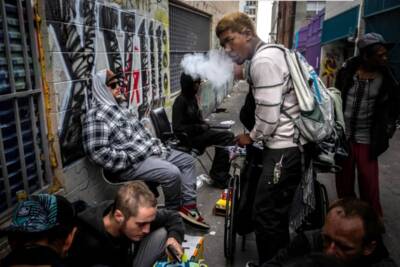The Financial and Societal Costs of Vandalism
What does Vandalism Cost?
Vandalism, often viewed through the lens of its immediate physical damage, has far-reaching financial and societal implications. This page, informed by the comprehensive insights from "Vandalism Research, Prevention, and Social Policy" by the United States Department of Agriculture Forest Service, Pacific Northwest Research Station, and particularly the contributions of Harriet H. Christensen, Darryll J. Johnson, and Martha H. Brookes, delves into the broader impact of vandalism. Understanding these costs is crucial for comprehending the full scope of vandalism's effects on communities and economies.
Financial Costs of Vandalism
The financial burden of vandalism is substantial. The document highlights that the costs extend beyond the immediate expenses of repairs and replacements. Vandalism affects insurance premiums, decreases property values, and requires significant investment in prevention and security measures. Public facilities, businesses, and residential areas all bear the brunt of these costs, leading to a considerable economic impact on communities and local governments.
Societal Costs of Vandalism
Beyond the financial implications, vandalism carries a heavy societal cost. It can lead to a decrease in community pride and a sense of safety, impacting the quality of life for residents. The document discusses how vandalism can create a cycle of decline in neighborhoods, where visible signs of disorder lead to increased crime and a further reduction in community engagement. This cycle can be particularly damaging in urban areas, where community cohesion is essential for social stability.
Impact on Public Services and Infrastructure
Vandalism also strains public services and infrastructure. The document points out that frequent acts of vandalism require more police presence, increased maintenance of public spaces, and can even disrupt essential services like transportation and education. These strains redirect resources away from other critical community needs, highlighting the broader implications of vandalism on public welfare.
Psychological and Social Impact
The psychological and social impact of vandalism is profound. The study emphasizes that repeated exposure to vandalism can lead to a sense of helplessness and apathy among residents, undermining the social fabric of communities. This impact is particularly concerning for youth, who may grow up in environments where vandalism is normalized, perpetuating a cycle of destructive behavior.
Conclusion
The financial and societal costs of vandalism are extensive and multifaceted. As detailed in the "Vandalism Research, Prevention, and Social Policy" document, these costs affect not just the immediate areas of damage but also the broader economic and social health of communities. Understanding these impacts is essential for developing comprehensive strategies to address and prevent vandalism.
Next Page:
References
Christensen, Harriet H., Darryll R. Johnson, and Martha H. Brookes, eds. "Vandalism Research, Prevention, and Social Policy." General Technical Report PNW-GTR-293. Portland, OR: U.S. Department of Agriculture, Forest Service, Pacific Northwest Research Station, 1992.




